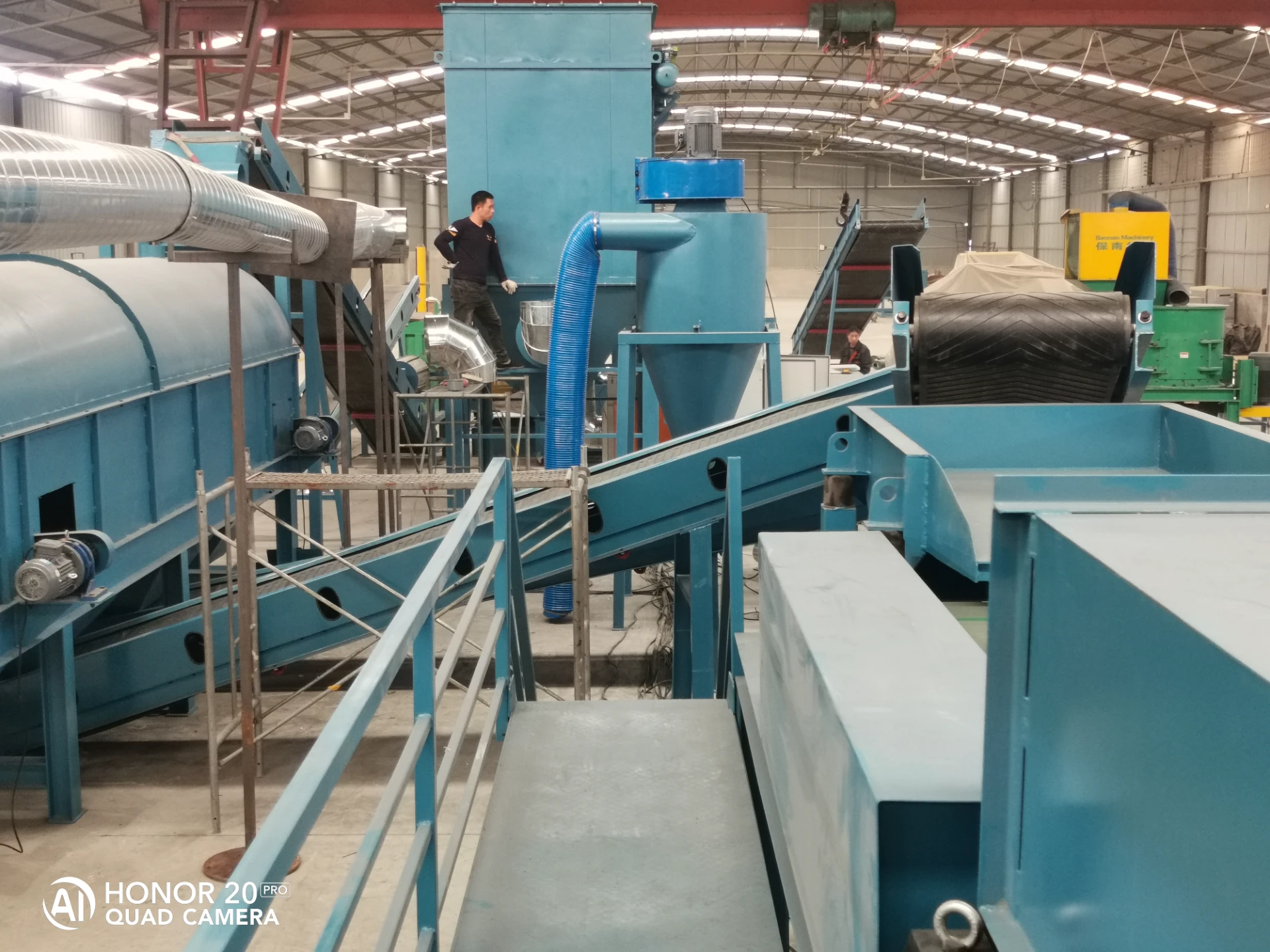

Νοέ . 06, 2024 19:53 Back to list
Understanding the Price Trends of Shredded Steel
The metal recycling industry plays a critical role in the global economy, particularly through the recycling of steel, which is one of the most widely used materials in construction, transportation, and manufacturing. One of the key components in this sector is shredded steel, which is produced from various sources, including scrap metal from cars, appliances, and construction debris. The price of shredded steel can fluctuate significantly based on several factors, making it an essential consideration for both producers and consumers in the market.
Global Market Factors Influencing Shredded Steel Prices
The prices of shredded steel are influenced primarily by global demand and supply dynamics. When industries such as construction and automotive are thriving, the demand for steel increases, subsequently driving up the prices of steel products, including shredded steel. Conversely, during economic downturns or recessions, demand typically falls, leading to lower prices.
Additionally, international trade policies can have a substantial impact on shredded steel prices. Tariffs, trade agreements, and restrictions can affect the flow of scrap metal across borders. For instance, if a major steel-producing country imposes tariffs on imported scrap, this could lead to an increase in domestic prices due to reduced supply. Similarly, changes in import/export regulations can affect the availability of shredded steel and its price.
Local Market Dynamics
While global factors are significant, local market conditions also play an essential role in the pricing of shredded steel. Regional demand, local recycling rates, and infrastructure development can vary greatly between locations. Some areas may have higher concentrations of automotive manufacturing or construction activity, leading to elevated demand for scrap and, subsequently, shredded steel.
Moreover, the availability of scrap material is crucial. Regions with robust recycling systems and high volume of scrap generation might see more stable pricing as they can supply the market adequately. In contrast, areas that struggle to collect or process scrap metal may experience higher prices due to limited availability.

Environmental Regulations and Sustainability Initiatives
Another factor that impacts the price of shredded steel is the introduction and enforcement of environmental regulations. As nations commit to more sustainable practices, the recycling industry has gained prominence, promoting the recycling of scrap metal as an eco-friendly alternative to mining new steel. Enhanced regulations can stimulate demand for shredded steel due to the increased focus on sustainability and resource conservation.
Companies looking to meet corporate social responsibility goals and reduce their carbon footprint are more likely to turn to recycled materials, including shredded steel. This increased demand can lead to upward pressure on prices, especially in regions where green building practices are encouraged.
Price Projections and Trends
In recent years, the price of shredded steel has shown considerable volatility. Analysts predict that these trends will continue in the near future due to ongoing economic uncertainties and fluctuating demand. The 2020 global pandemic, for instance, caused significant disruptions in supply chains, impacting steel production rates and recycling processes.
Market observers suggest that as global economies recover, demand for shredded steel will rise, and prices may climb accordingly. However, factors such as technological advancements in recycling, automation, and improvements in steel production processes could lead to more efficient practices that may stabilize prices in the long term.
Conclusion
Understanding the price dynamics of shredded steel requires an analysis of both global and local factors, including economic conditions, trade policies, and environmental initiatives. As the world moves towards a more sustainable future, the role of shredded steel in construction and manufacturing will likely grow, influencing its pricing trajectory. For stakeholders in the steel market, staying attuned to these trends and factors is crucial for making informed decisions in this ever-evolving industry.
Latest news
Troubleshooting Common Eddy Separator Problems
NewsJul.04,2025
The Role of Metal Recycling Plants in Circular Economy
NewsJul.04,2025
The Impact of Recycling Line Pickers on Waste Management Costs
NewsJul.04,2025
Safety Features Every Metal Shredder Should Have
NewsJul.04,2025
How Industrial Shredders Improve Waste Management Systems
NewsJul.04,2025
How Cable Granulators Contribute to Sustainable Recycling
NewsJul.04,2025